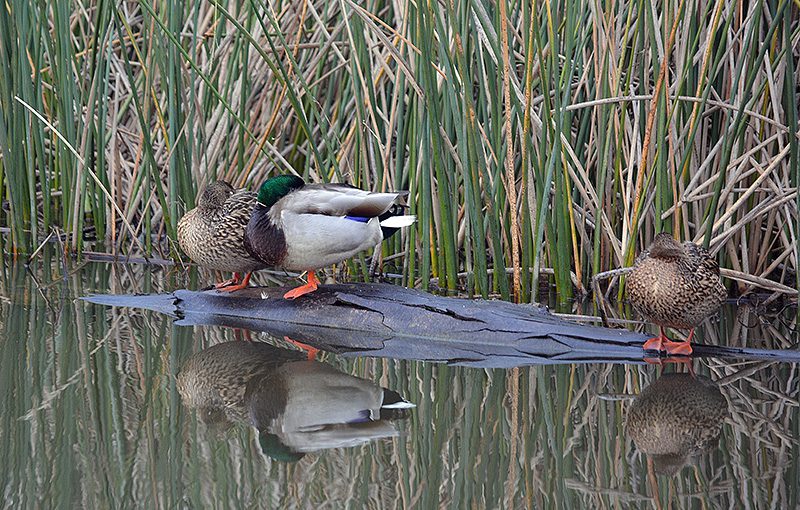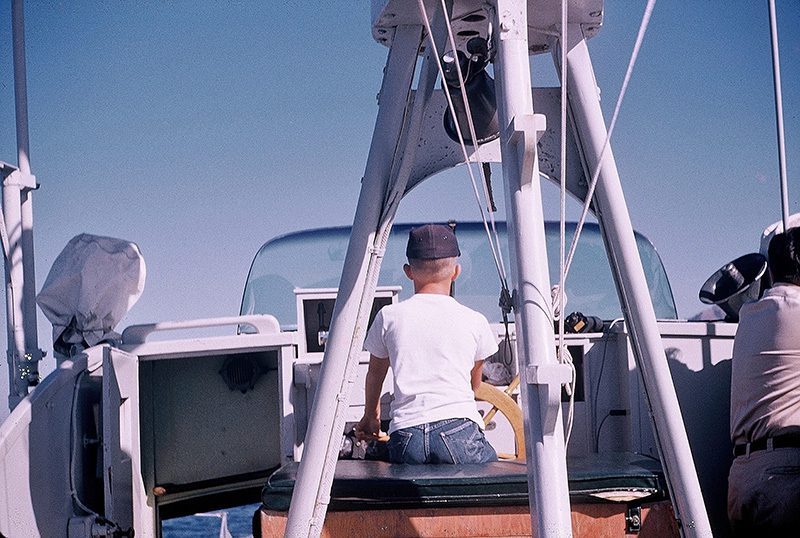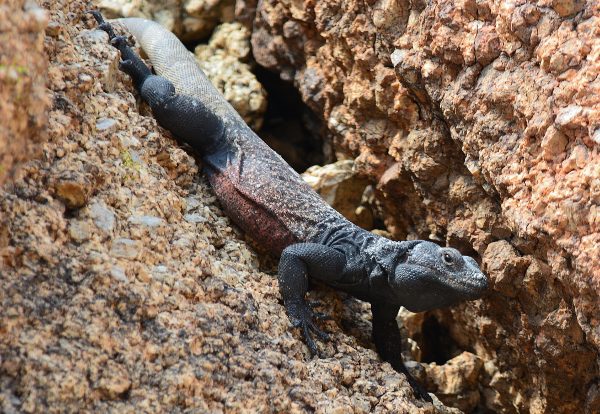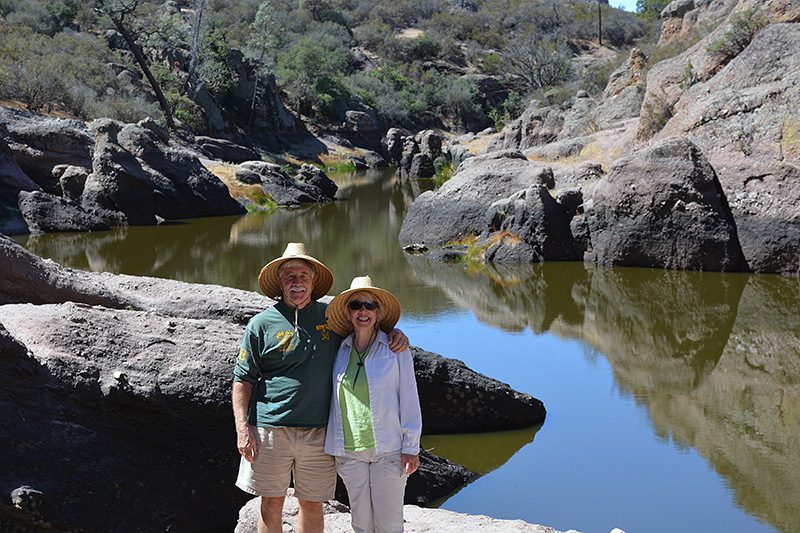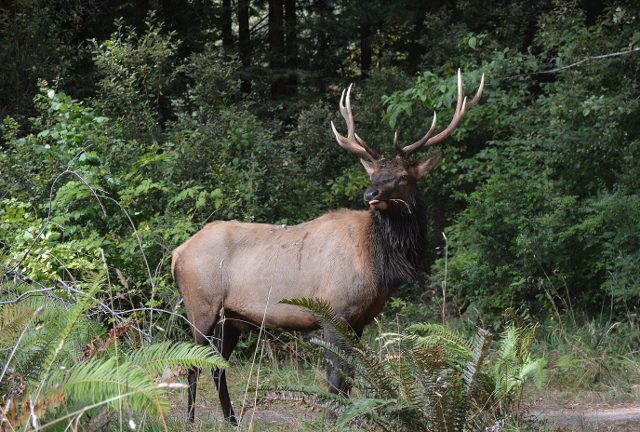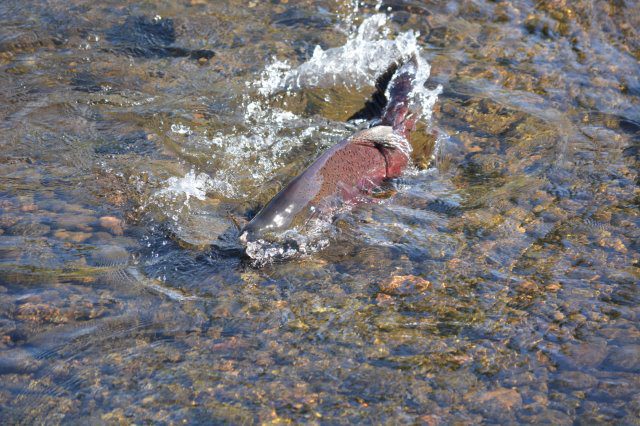Tag: The Game Warden’s Son
January 15, 2016
“Dad, can I go with you?” I pleaded. “There’s no school tomorrow.” I enjoyed riding on patrol, weekends and sometimes after school—whenever I didn’t have…
January 9, 2016
I first experienced California’s Channel Islands in 1959, as an excited eleven-year-old passenger aboard the Fish and Game patrol boat Marlin. My father, California Fish…
December 6, 2015
“I’m waiting,” taunted Darrell, his threatening mug now two inches from my face. My stomach churned and my heart pounded furiously as adrenaline coursed through…
September 18, 2015
In preparation for the release of my new book in March, we’ve moved my author blog to steventcallan.com.
…August 30, 2015
The recent killing of Hwange National Park’s beloved icon, Cecil the Lion, has brought to mind a number of outrageous poaching incidents that occurred right…
November 19, 2014
I’m sometimes asked if I had any favorite places to work during my twenty-one years supervising the warden force in western Shasta County. Lower Battle…

